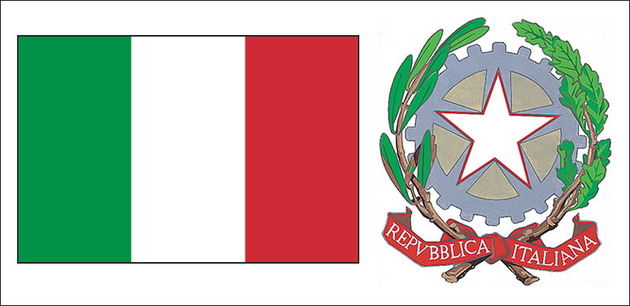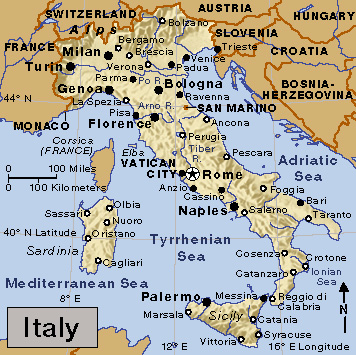

Citation: "Understanding Architecture in Central Italy." In Italy, 252-253. Eyewitness Travel Guides. New York, NY: DK Publishing, 2012. Gale General OneFile (accessed August 30, 2023). https://link-gale-com.utk.idm.oclc.org/apps/doc/CX2058600065/ITOF?u=tel_a_utl&sid=bookmark-ITOF&xid=9cadf570.
Citation: "Understanding Architecture in Northwest Italy." In Italy, 184-185. Eyewitness Travel Guides. New York, NY: DK Publishing, 2012. Gale General OneFile (accessed August 30, 2023). https://link-gale-com.utk.idm.oclc.org/apps/doc/CX2058600054/ITOF?u=tel_a_utl&sid=bookmark-ITOF&xid=80a66ca9.
Citation: "Understanding the Architecture of Southern Italy." In Italy, 478-479. Eyewitness Travel Guides. New York, NY: DK Publishing, 2012. Gale General OneFile (accessed August 30, 2023). https://link-gale-com.utk.idm.oclc.org/apps/doc/CX2058600097/ITOF?u=tel_a_utl&sid=bookmark-ITOF&xid=710996b5.
Citation: Bondanella, Peter "Italian Cinema". In obo in Cinema and Media Studies, https://www-oxfordbibliographies-com.utk.idm.oclc.org/view/document/obo-9780199791286/obo-9780199791286-0107.xml (accessed 30 Aug. 2023).
 A Cinema of Poetry
by
Joseph Luzzi
A Cinema of Poetry
by
Joseph Luzzi
Citation: "Italian Art." In The Macmillan Encyclopedia. Market House Books, 2003. Accessed August 30, 2023. https://search.credoreference.com/articles/Qm9va0FydGljbGU6MTA3MzU5NQ==.